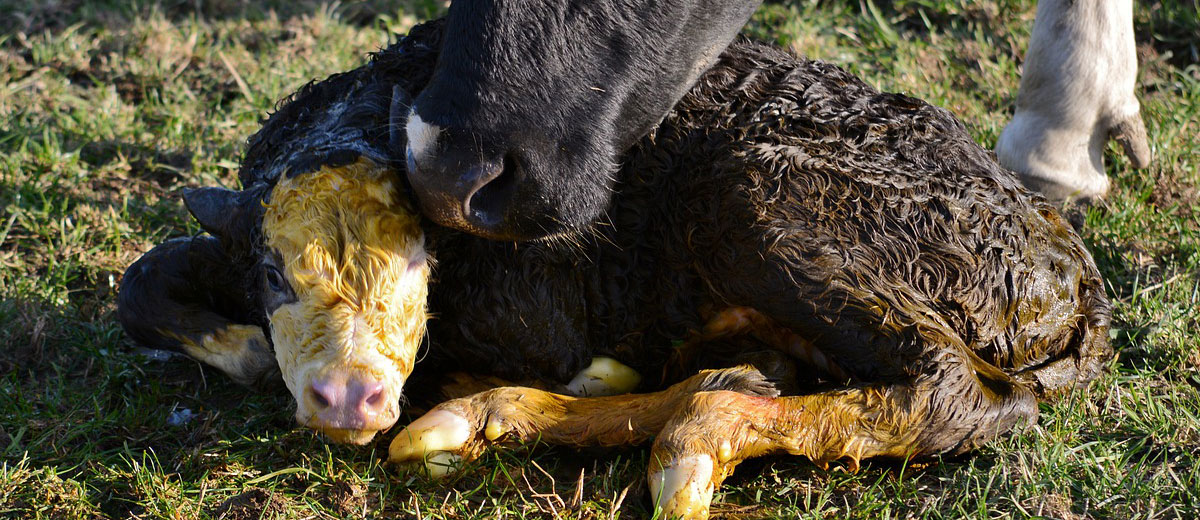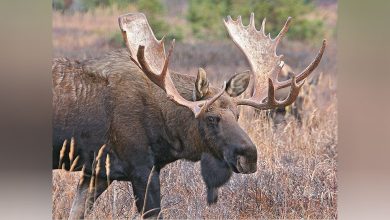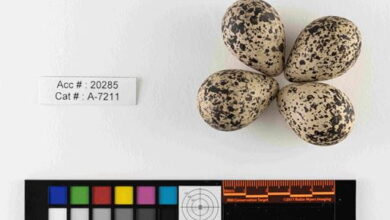
Managing Cow Needs Through Calving
By Catherine Lang, PAg, Livestock and Feed Extension Specialist, Moose Jaw
Calving season has begun for most producers in Saskatchewan. Although every year has its own set of challenges, this winter has been more difficult than most. The weather patterns, changes in temperatures and persistent storms have resulted in inconsistent feed intakes. In addition, the feed shortage this winter has forced producers to be resourceful and make difficult decisions regarding feeding their herd.
Pre-calving nutrition is crucial in setting up the cow and her new calf for success. Nearly 70 per cent of the fetal growth occurs in the last six weeks of pregnancy, causing the cow’s nutritional needs to increase while rumen capacity decreases. An energy-dense ration is required to provide the necessary nutrients without having too much bulk fill. If these increased demands are not met in late pregnancy these cows often have calves with reduced vigour, health, survivability and growth performance upon birth.
Once the cow delivers her calf and begins lactating, her nutritional requirements rise again, peaking two months into lactation. After birth, the cow needs to produce milk, repair her reproductive tract and continue to partition energy to meet her own maintenance requirements. Inadequate nutrition during late gestation and lactation can decrease overall milk production, which directly impacts calf growth. This can carry forward to weaning, impacting economic returns. Peak milk yield occurs 60 to 80 days after calving, which is also the time of rebreeding, further complicating nutritional requirements. It is important to ensure the cow is receiving adequate protein and energy to address these needs and not compromise her fertility or her calf’s growth.
This year, the feed shortage has made meeting the needs outlined above challenging. Since good quality feed was minimal and came with a high price tag, many producers could not justify the cost. Instead, they are relying on low-quality forages (straw/slough hay) and concentrates (grain/pellets). Most producers have been able to store away some higher quality greenfeed or hay to feed once calving begins, but it will need to be mixed with a large proportion of these lower-quality forages. While it is not ideal, under careful management this program can be implemented.
Straw and slough hay have very low protein and energy content and are slowly digested. These forages also are typically low in vitamins and minerals so a proper mineral program cannot be overlooked. In most cases, the addition of grain can make up for the energy deficiency, but a protein supplement may be required depending on the other forages that are provided. In many cases, the grain required will be in large quantities and may need to be fed as part of a total mixed ration (TMR) or split fed into smaller portions in multiple feedings per day.
Once the cow has calved, her rumen capacity will slowly increase and more bulk can be added to the ration. Though high fiber forages provide rumen fill, they cannot take the place of the nutrient-rich feeds she needs to consume to meet her high nutritional demands. A feeding strategy may be to roll or shred the good quality forages once per day with the concentrate on top, so that all cattle have access, thus reducing competition and provide straw in feeders to allow cows to consume the amount they want without forcing it into their ration.








































